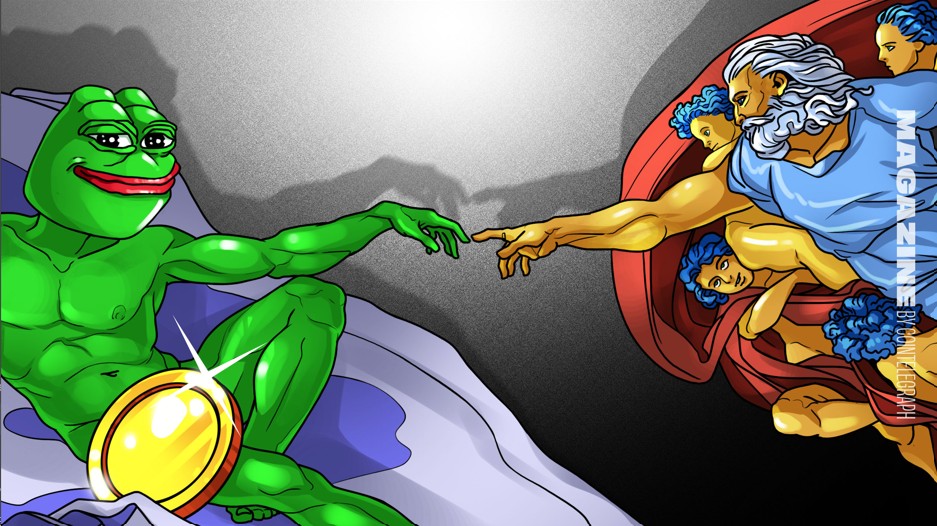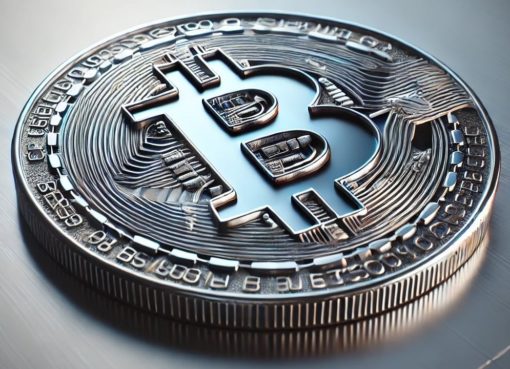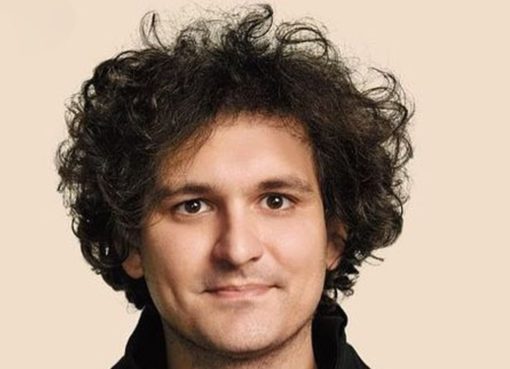Memecoins generate a lot of financial activity without creating much real-world impact.
But what if you could harness the power of memecoin degeneracy to solve the biggest problems humanity has ever faced: aging and death?
That’s the essential idea behind a raft of anti-aging crypto projects, including VitaDAO, CryoDAO, BiohackerDAO and others. But it’s Pump.science that takes the idea to its logical extreme.
The fledgling platform has just started taking orders for its first-ever anti-aging or longevity supplement called Urolithin A. The compound is believed to increase mitophagy, which is the body’s clean-up and replacement system for the mitochondria that power your cells.
What’s unusual is that research into its effects on longevity was funded by crypto degens buying up a related token. The platform’s community decides what compounds to research and funds the experiments by buying or trading the token (fees are redirected to research) and in certain cases, getting a pro-rata share of any resulting intellectual property.
Urolithin A: A crypto-funded anti-aging supplement
Tokenholders were able to tune into livestreamed experiments that showed the molecule increased the lifespans of worms by 6.35% and flies by 20.13%. Testing has now moved on to mice, and Magazine watches a live feed of mice running on a rotating bar until one by one, they slowly fall off. The results so far have been mixed, with one mouse dying for unrelated reasons, another seeing an improvement in endurance, while the remaining mouse did not. Science is hard.
When tokenholders receive their three-month supply in late May, they can help crowdsource the research on humans by tracking anti-aging biomarkers such as VO2 Max and heart rate variability using an Apple Watch or Garmin.
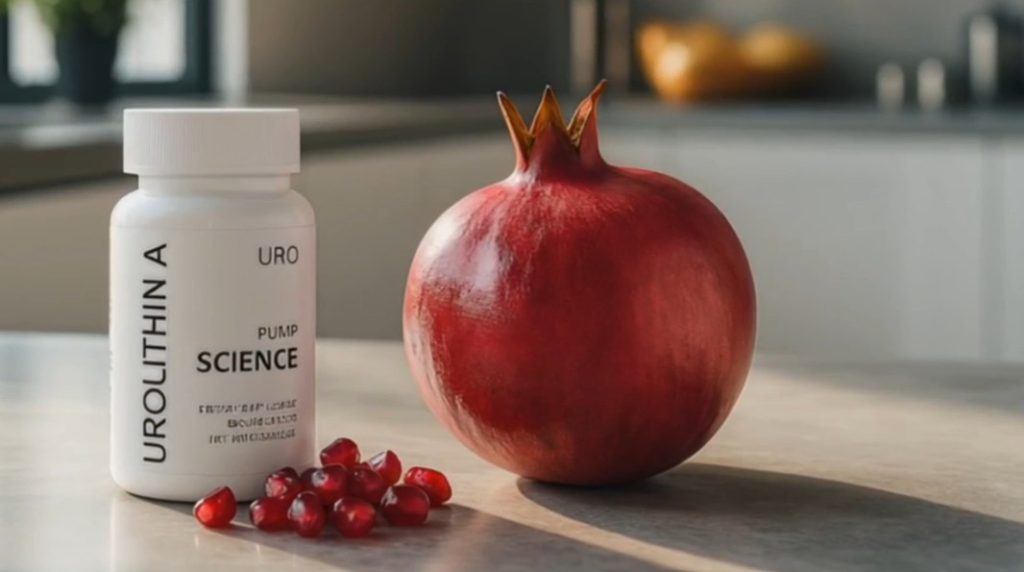

Tokenized anti-aging intellectual property
Co-founder of Pump.science Benji Leibowitz says the site is essentially a gamified version of the biotech industry’s high throughput screening methods
“I think we’re basically like taking the same sort of speculative gem hunting experience that you find in memecoins and applying it to high throughput screening, which, at the end of the day, is all kind of pulling the slot machine,” he says.
The platform tested the anti-aging memecoin concept by launching Rifampicin (Rif) and Urolithin A (URO) on Pump.fun last year.
As on Pump.fun, tokens associated with compounds are released on a bonding curve on Pump.science, and those that generate enough interest graduate to the Meteora DEX, where trading fees also go toward funding research. So far, around 45,000 tokenholders have generated around $2.37 billion in volume and 220 SOL in fees. A legal contract gives tokenholders a share of the IP.
Also read: Crypto fans are obsessed with longevity and biohacking. Here’s why
“You could say, ‘You’re using memecoin degeneracy to fuel longevity,’ but it’s more like we’re Trojan-horsing genuine, real-world rights into something that looks like a memecoin, but in reality… they’re actually tokens with real-world legal rights.”
This sounds great in theory, but Urolithin A is a naturally occurring substance that can’t be patented — although the experimental data and methods of use can be. Given it has a Generally Recognized as Safe (GRAS) status, it also means platform users who want to buy it and help test it out, can do so now without having to wait years for approval from the Food and Drug Administration. It’s a similar story with another compound being tested called Artemisinin, a plant-based malaria treatment that is also a potent antioxidant and may increase lifespan.
“Should people be taking it as a supplement?” asks Leibowitz. “We’re trying to answer that by saying, ‘Does it extend life in all these animals that we test on?’”
“Our goal is to generate valuable IP, but more importantly, products, for every token that’s launched.”
Outside organizations like VitaDAO and the Methuselah Foundation are also using Pump.science to research and test their own experimental compounds.
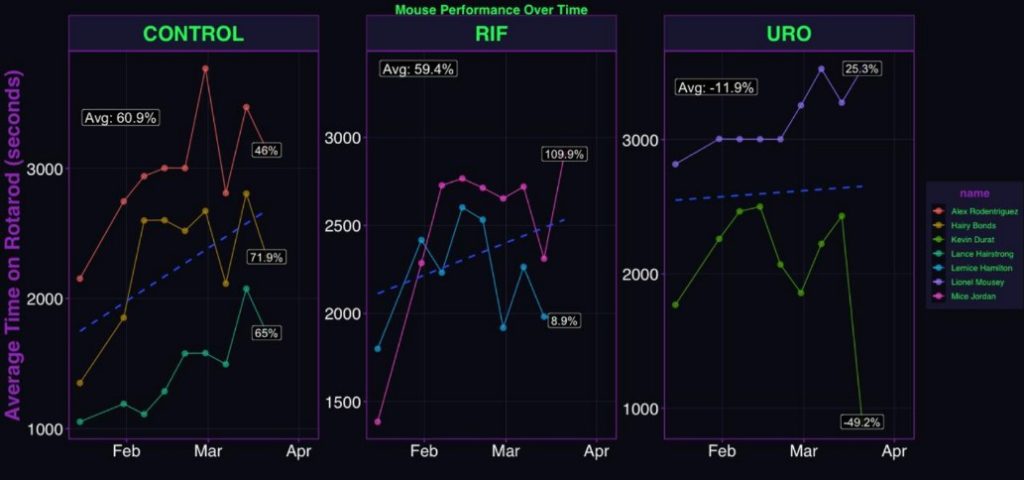

Challenges of merging crypto and anti-aging in DeSci
Max Unfried, a research fellow at the National University of Singapore’s Center for Healthy Longevity, says that crypto money can make a big difference in the underfunded anti-aging sector, where even research that results in a minor breakthrough can run out of funding, and has to hope a private business will step in and develop the product further.
“And that’s not always happening, especially with high risk, high impact sci-fi technologies, which may take a long time and a lot of resources to really commercialize, so that there are many gaps, I would say that can be filled by this crowdsourced, bottom-up approach, which crypto basically just facilitates better than anything else.”
Also read: Longevity expert: AI will help us become ‘biologically immortal’ from 2030
A former core contributor at VitaDAO, he warns that tokenizing IP and making it so easily tradable could have unpredictable results.
“You could get a hostile takeover of the IP, right? And that might be good or not good, especially if you the IP is beneficial for longevity,” he says.
“In principle, pharma could come in, snap up the IP, because it could see there’s a threat to one of their programs and just bury it, right?”
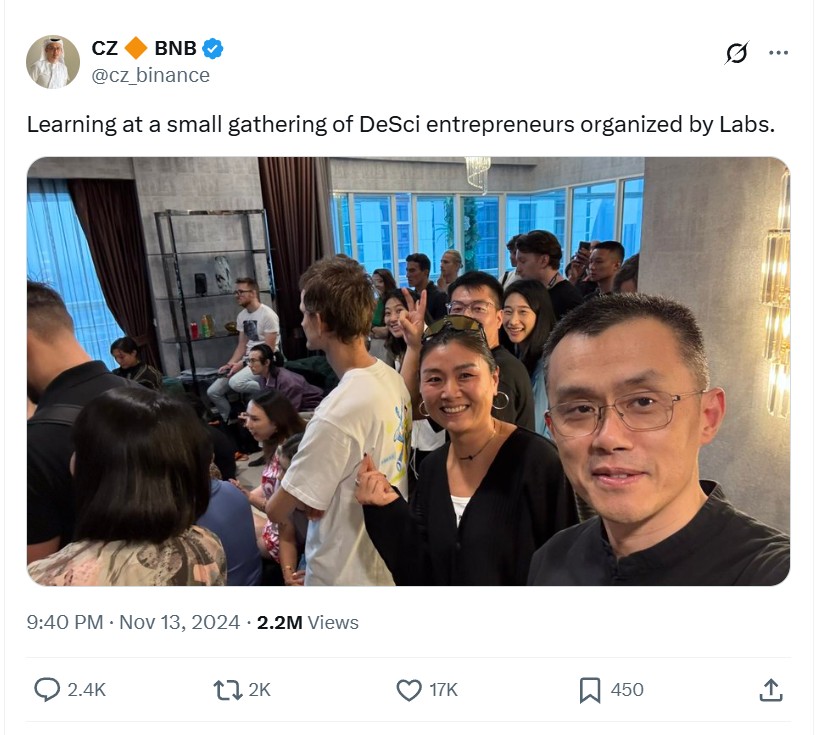

CZ and Vitalik briefly made DeSci the current thing
The decentralized science sector had a brief moment in the spotlight in November last year when Ethereum co-founder Vitalik Buterin and former Binance CEO Changpeng Zhao attended the Binance DeSci event in Bangkok.
Pump.science’s two biggest tokens surged that month, with URO hitting a $117-million market cap and RIF spiking to $194 million.
“That brought us a ton of attention, and that’s where the vast majority of our community is from,” Leibowitz says. “We went from like a few thousand followers to 50,000 followers in a few weeks.”
But one big problem with memecoin fans is they have the attention span of goldfish, which isn’t always compatible with scientific research that can take years to complete. URO and RIF are both only worth around $2 million today but have 20,000 and 30,000 tokenholders, respectively.
Alex Dobrin, community manager for VitaDAO, says it’s important to set timescale expectations up front and provide regular updates to the community. The scientist in charge of VitaDAO’s VitaRNA projects provides updates every three weeks or so.
“With proper education and communication,” he says, “you can navigate the crypto interest and engagement.”


VitaDAO is anti-aging’s respectable older brother
But it’s obviously harder for memecoin fans to understand the science behind the compounds than to wrap their heads around Fartcoin, for example: It’s a coin. Named after a fart.
“For sure,” agrees VitaDAO Web3 Pod co-lead Alexandre Miloski. “We need to translate some of the content we produce because it can be quite technical. So, you need to make it more palatable to the average retail.”
VitaDAO is the respectable elder brother of Pump.science and has been in the space for three and a half years. It’s a small niche of crypto where many of the players know one another and work on the same projects. Pump.science founder Leibowitz is a member of VitaDAO and Molecule, which is the original longevity funding and tokenization project that spawned the rest. Molecule and VitaDAO share many other team members and collaborate closely.
The 10,000-member VitaDAO has funded 24 research projects with a combined $4.2 million and has $6 million in liquid funds in its treasury. Pharmaceutical giant Pfizer invested about $500,000 into VitaDAO during its initial raise and helped support the project by sending it leads to interesting new compounds.
“We did all of that using Molecule’s IP NFT framework. And what that allows for is essentially the first tokenized representation of intellectual property onchain as an NFT.”
The IP includes patents and research data, and the IP NFT is minted on Ethereum. After a project develops past a certain point, ownership of the NFT is fractionalized into ERC-20 tokens and used for crowdfunding.
“We are talking about real intellectual property here. So, we’re not talking about memecoins and things that don’t have underlying value at all,” says Miloski. The tokens also provide for decentralized governance of those projects.
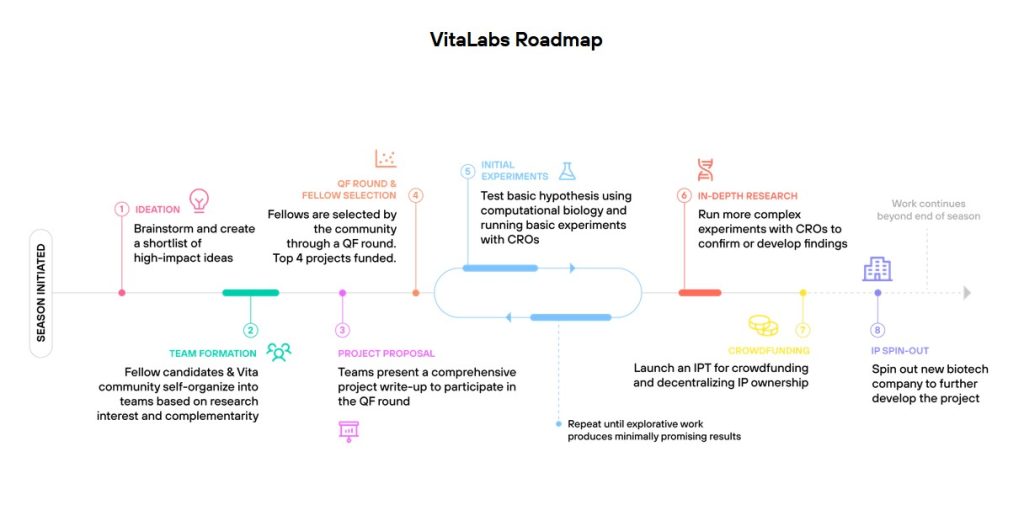

Success stories, new patents from VitaDAO
Success stories to date include VitaRNA, which raised $300,000 to support Artan Bio’s gene therapy projects. It peaked at a market cap of $16 million and is now worth $6 million. VitaRNA recently filed its second patent for ARTAN-102, a tRNA suppressor that offers a potential breakthrough for mutation-driven diseases.
Vita-FAST raised $620,000 to support Newcastle University’s Korolchuk Lab research into compounds that rejuvenate cells. It peaked above $26 million and is now worth $3.6 million.
Dobrin says that some of the compounds being researched in the Vita-FAST project show more promise than the well-known longevity drug Rapamycin; however, its plans to test those compounds on Pump.science have been shelved for now.
The DAO is also embracing AI and is introducing the Longevist AI Agent, which will curate longevity research preprints for DAO members.
VitaDAO is also training an AI agent on the collected works of famed longevity scientist Aubrey de Grey to help raise funds for his Robust Mouse Rejuvenation 2 project that aims to reverse aging damage in mice.
Eventually, the plan is for AI agents to generate their own hypotheses in collaboration with VitaLabs “to create an autonomous research process that can ultimately extend healthy human lifespan,” says Dobrin.
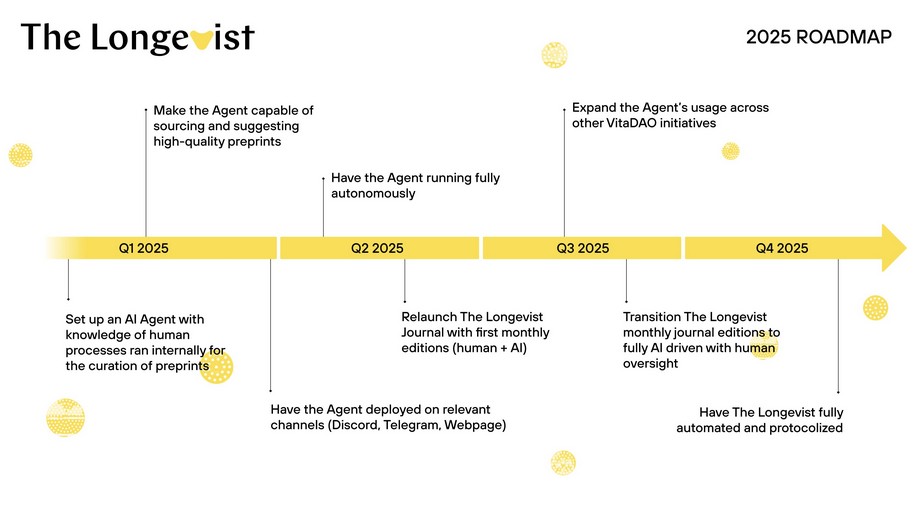

Pumping science or token prices?
A longevity researcher who was into crypto early, Unfriend joined VitaDAO in 2021 and was a core contributor for a number of years. However, he left VitaDAO disillusioned in September last year.
According to Unfriend, in the early days, the DAO was very “mission-aligned; it was like longevity first, let’s move the field forward.”
But he says that began to change in 2024 to prioritize “crypto first and not longevity, as much as the narrative to get the tokens to higher prices.”
“It used to be a good balance between talking about crypto and talking about research. Now… it’s much more crypto and [has] become more degenerate,” he says.
Unfriend says scientists he spoke with complained about having to sign extractive contracts, giving up too much of the IP in exchange for funding.
“Almost everybody says, ‘No, this is a ridiculous contract. This is taking too much,’” he says. “We give you $50,000 or $100,000, but you want to get all the IP, and it’s like this massive negotiations, whereas $100,000 is often not worth doing those negotiations.”
As a result he says the initial idea of funding 10 projects a year has slowed to a crawl.
But Dobrin tells Magazine that VitaDAO recently launched VitaLabs Season 2, an in-house incubator for longevity projects. The first season in Q4 last year saw the community use quadratic voting to fund four projects looking at stem cell rejuvenation, synergistic drug combinations, lengthening telomeres and combatting neuroinflammation.
“We received over 70 applications and 12 innovative project submissions, and we’ve already selected four high-risk, high-reward longevity research projects — work that likely wouldn’t exist otherwise without VitaDAO’s backing,” said Dobrin.
“Each project is unique, so we handle IP discussions on a case-by-case basis to ensure fair terms that align with the scientists’ vision.”
Despite falling out with VitaDAO, Unfriend still believes in the concept and cites DeSci projects like ResearchHub (research pre-prints), HydraDAO (body part replacements) and CryoDAO (cryogenics) as striking a good balance.
“Funding underfunded research — so funneling crypto funds into science that otherwise wouldn’t get much funding — I think is, by far, still the best use case from a research perspective,” he says.


Andrew Fenton
Based in Melbourne, Andrew Fenton is a journalist and editor covering cryptocurrency and blockchain. He has worked as a national entertainment writer for News Corp Australia, on SA Weekend as a film journalist, and at The Melbourne Weekly.

